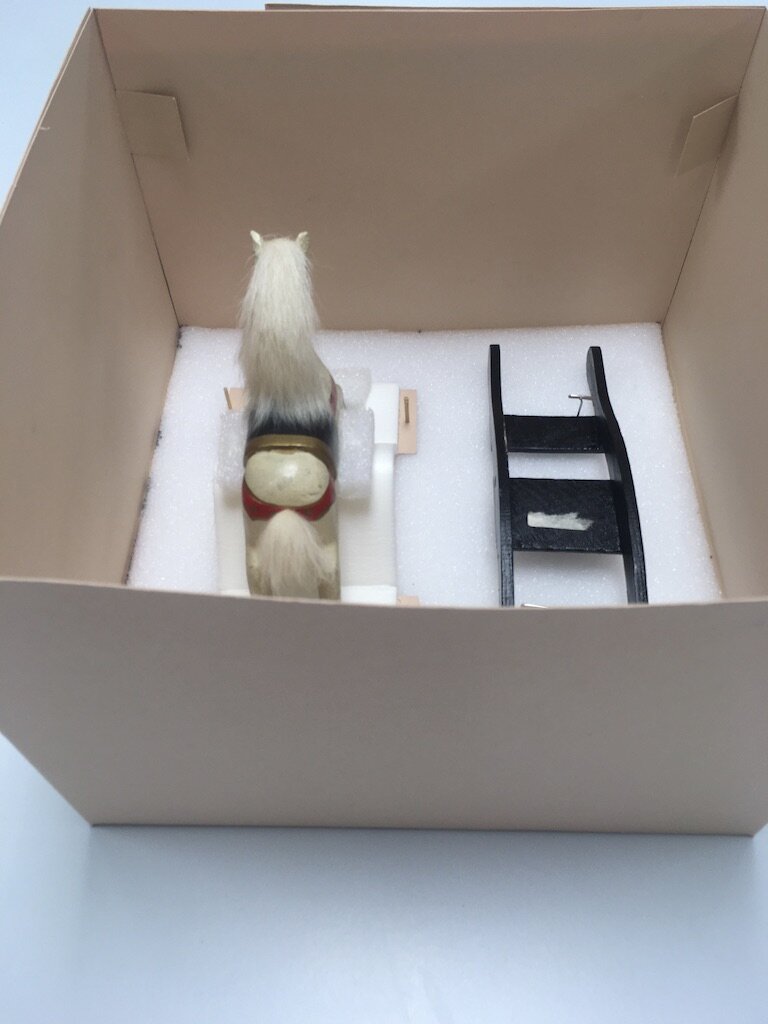Photographic Process Identification
In addition to gaining insight into the context of their creation, the identification of photographic processes let archivists determine how to store and handle analog photos. Through coursework focused on photograph collections, I have developed an identification methodology based on photo characteristics such as mounting, grain, layer structure, magnetism, tone, sheen, and light interference. My insight into the physical nature of photographs also stems from hands-on experience with print out processes. The photos featured here, depicting an armadillo, are examples of cyanotype, salted paper, and gum bichromate prints I made from a photographic negative.










![[1 of 5] This seventeenth century map is a lithograph that was hand-colored with watercolor at the political borders. Using ultraviolet light, I identified areas with verdigris pigment by observing a lack of fluorescence. Verdigris is highly acidic](https://images.squarespace-cdn.com/content/v1/5fb9875fbbcb4708490150c8/1613083565605-Y0D2MSY93U3V1RSA6GVT/verdigris.jpg)
![[2 of 5] I have practiced identifying lithography, relief, and intaglio prints by recognizing evidence such as retroussage, plate impressions, ink squash, and the way that ink sits on paper. By examining signs of damage and deterioration, I also unde](https://images.squarespace-cdn.com/content/v1/5fb9875fbbcb4708490150c8/1613082662376-V20ZXKTJIQ3MVAFOENUV/abrasion.jpg)
![[3 of 5] Considering how resources and missions vary for different institutions, it is important to set realistic goals and priorities for collection care. My experience includes writing treatment reports that propose appropriate, basic techniques s](https://images.squarespace-cdn.com/content/v1/5fb9875fbbcb4708490150c8/3630e4a4-e2ad-4be4-bc1d-1baa44e52131/3_humidification_chamber.jpg)
![[4 of 5] The identification of materials is key to description and determining proper treatment techniques. This image is an example of how I have used polarized microscopy for fiber analysis, in this case identifying linen from a handmaid laid pape](https://images.squarespace-cdn.com/content/v1/5fb9875fbbcb4708490150c8/1613082650655-MKAN4K85UAEGVW59Y5UX/linen.jpg)
![[5 of 5] Conservation involves an understanding of materials, with insight into the time period during which they were used and their research value. For example, this image reveals the impressions of laid wires and watermarks that allowed conservat](https://images.squarespace-cdn.com/content/v1/5fb9875fbbcb4708490150c8/fa079a6d-f6f9-48a8-a7f5-3aec23d6d198/laid+paper.png)